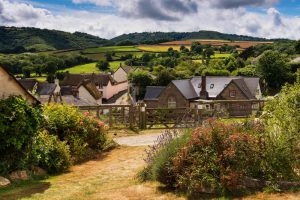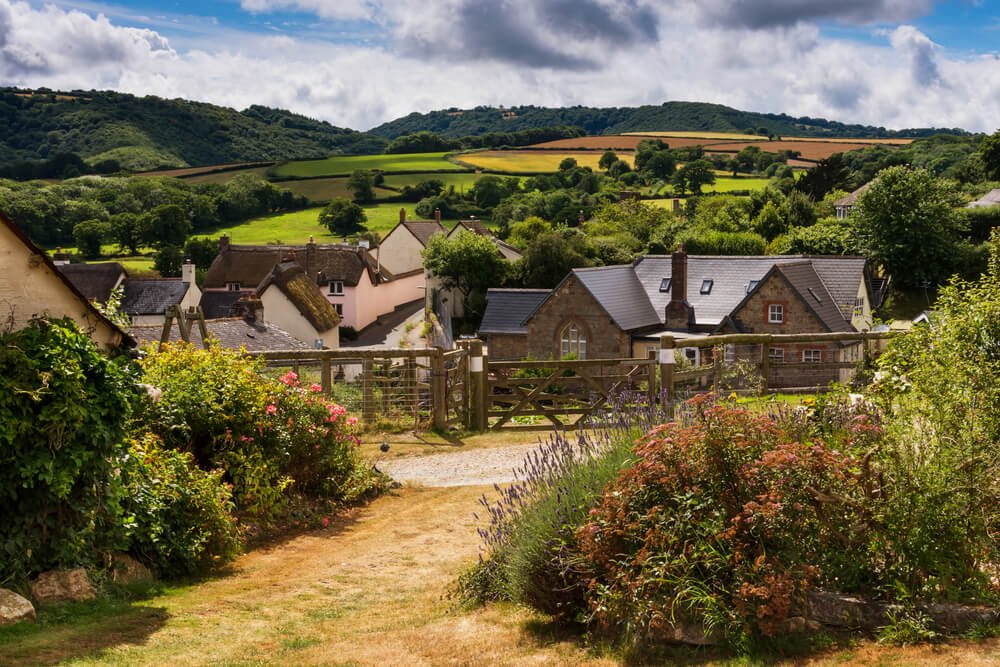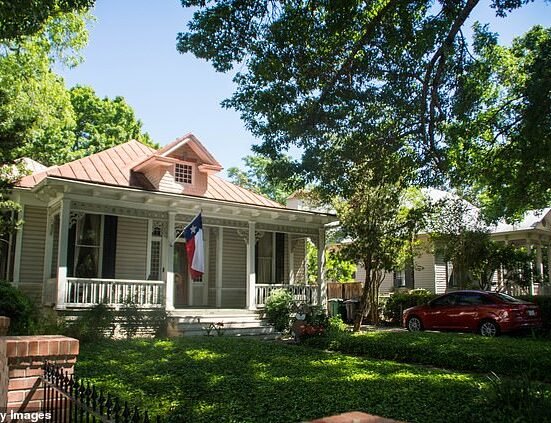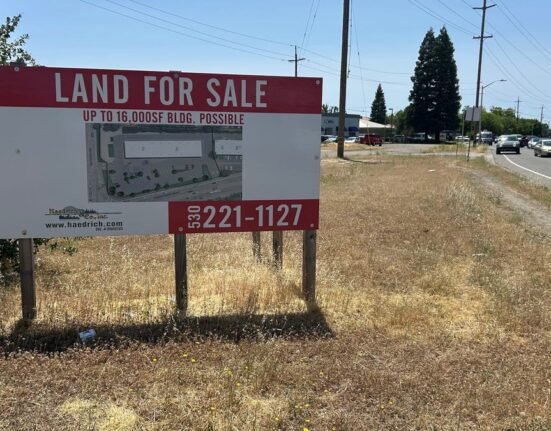House prices in rural areas have grown by 23% over the last five years compared to 18% in locations which are predominantly urban.
 This is according to analysis by mortgage lender Nationwide which identified terraced properties in rural areas as those which have seen the strongest rate of growth.
This is according to analysis by mortgage lender Nationwide which identified terraced properties in rural areas as those which have seen the strongest rate of growth.
It said flats in urban areas, on the other hand, had experienced the weakest growth in prices over five years.
The analysis takes into account the period between December 2019 and December 2024 and used the Office for National Statistics definitions of rural and urban.
‘Predominantly rural’ is where more than half of population live in rural settlements or market towns, for example, the Cotswolds, North Norfolk, Rutland and Shropshire.
‘Predominantly urban’ is places where more than 75% of the population are in towns or cities, such as Exeter, Derby and Norwich.
There is another classification, ‘urban with significant rural’ , which are areas with 26% to 49% of the population living in either rural villages or market towns. Examples include Ashford, Bedford, Boston and Stroud.
Local authorities classified as ‘urban with significant rural’ saw price growth of 22% over the same period, according to Nationwide.
One of the major drivers of the increase in rural property prices was the pandemic, when the rise of remote working created a ‘race for space’ as people increasingly moved away from towns and cities.
Andrew Harvey, Nationwide’s senior economist, said: “The pandemic had a significant impact on housing demand during 2021 and 2022, with our research at the time pointing to a shift in preferences towards more rural areas, particularly amongst older age groups.
“Whilst these effects have now faded, less urban areas have continued to hold the edge in terms of house price growth.”
The analysis showed the majority, 63%, of home moves were within the same type of area, with the biggest flow being within large towns or cities.
Around 9% of moves were from towns or cities to rural areas – either villages or hamlets. However, this was partially offset by 7% who moved from rural to more urban areas.
Of those who moved to a different type of area, younger people – those aged 25-34 – tended to move to more urban areas, whilst older age groups, particularly those aged 55 and over, favoured more rural areas.
People were attracted to moving more rurally by space – not just in their surroundings, but in the properties themselves.
Harvey added: “Our survey data shows that a bigger property or garden was the top reason cited by those moving in the last five years, which may in part reflect the ‘race for space’ seen during the pandemic.”
A third of those surveyed purchased a detached property, but15% bought a flat.
Of those buying in rural locations, 41% purchased a detached house, and a further 29% bought a semi-detached.
Rural terraced properties experienced the strongest price growth between December 2019 and December 2024, according to Nationwide’s survey. Average prices for this property type rose by 25%.
Nationwide also found that despite rural areas performing better overall, only four out of the 20 top performing local authorities in 2024 were classed as predominantly rural.
Tewkesbury in Gloucestershire, which is just north of the Cotswolds, was the top performing rural authority in 2024, with average prices rising by 11%.
The top two performing local authorities were Blackburn with Darwen (urban) with prices rising by 13% and Inverclyde in Scotland which also saw 11% average house price hikes.







